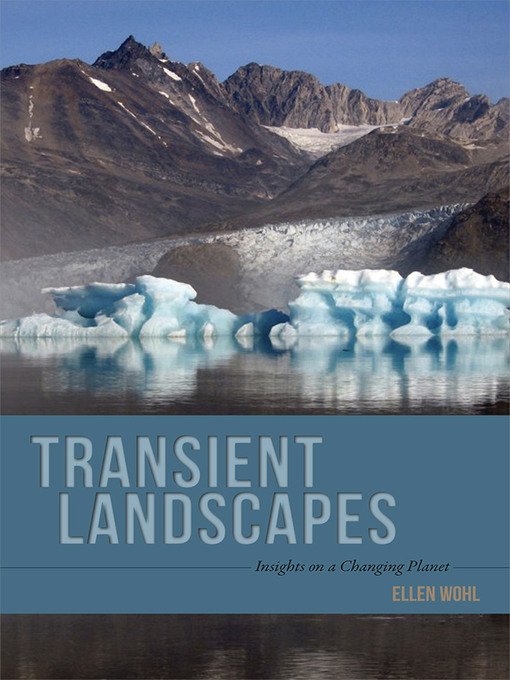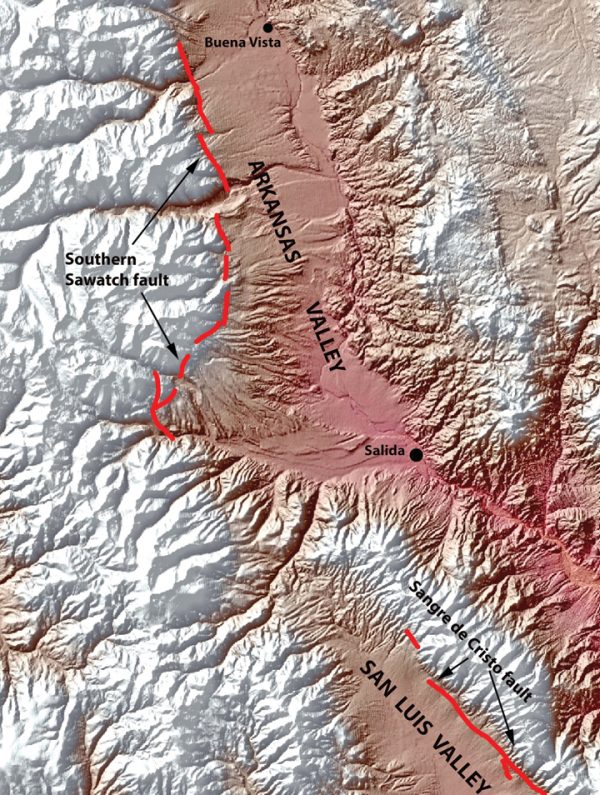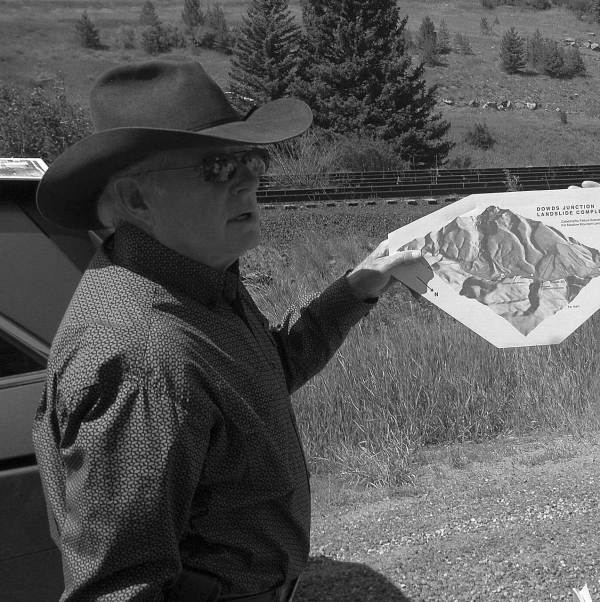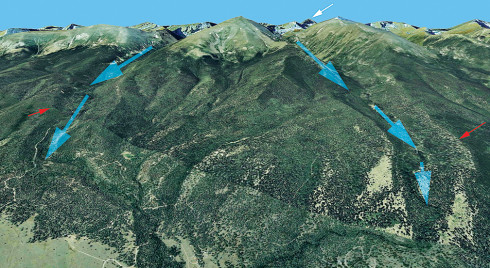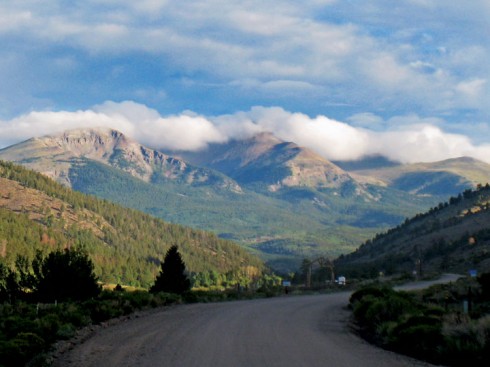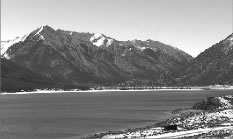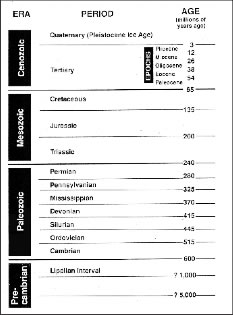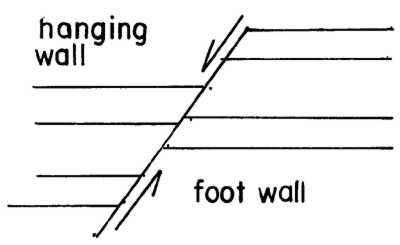Transient Landscapes: Insights on a Changing Planet By Ellen Wohl University Press of Colorado, 2015, 248 pp, $34.95 ISBN: 978-1-60732-368-6 (cloth) ISBN: 978-1-60732-369-3 (ebook) Reviewed by Virginia McConnell Simmons Whether you are a student just beginning to learn about geomorphology or fluvial systems, a traveler seeking destinations far from the beaten track, or a senior citizen reading in bed before turning out the light, this is a book to tell you about the geological and other natural forces that have created ancient and ongoing changes on our planet. While reading about tectonic uplift and earthquake, volcanism, water drainage and many…

